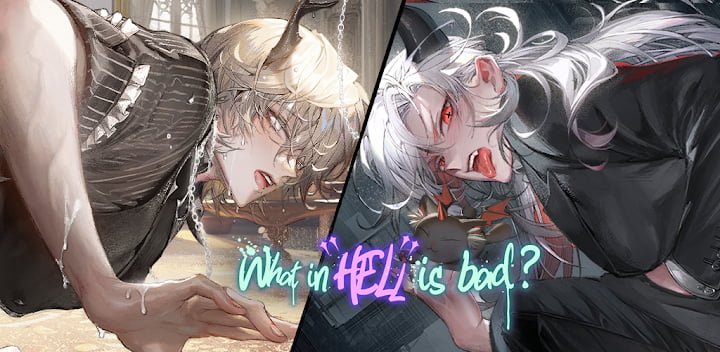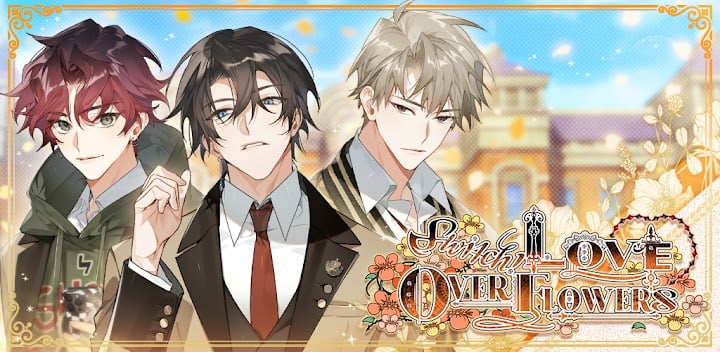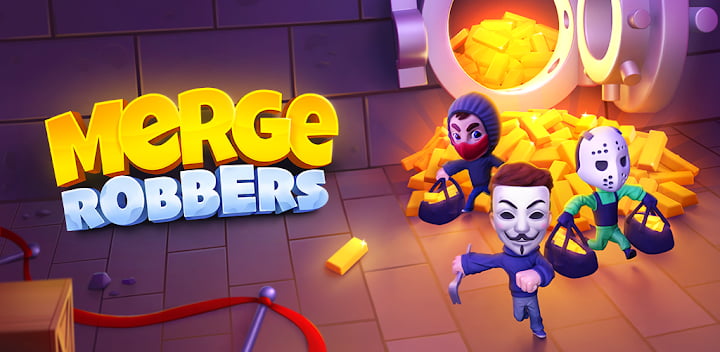“What in Hell is Bad?” is a thought-provoking exploration of the nature of evil, questioning its origins, manifestations, and consequences in the world. This concise book offers a fresh perspective on understanding the complexities of badness and its impact on society.
Introduction
The world of video games is vast and diverse, catering to a wide range of tastes and preferences. From action-packed shooters to immersive role-playing adventures, there’s something for everyone. However, amidst this plethora of gaming experiences, there are some titles that have earned the notorious label of “bad.” But what exactly qualifies a game as “bad”? Let’s delve into this divisive topic and explore the various factors that contribute to this less-than-flattering distinction.
The Notion of “Bad”
When we classify a game as “bad,” it generally implies that it fails to meet certain expectations. These expectations can vary depending on the genre, target audience, or even the overall quality standards set by the gaming industry. It’s important to note that opinions on what constitutes a “bad” game can differ greatly among gamers and critics alike. Nevertheless, there are some key elements that are often identified as contributing to a game’s negative reception.
Poor Gameplay Mechanics
One of the most common criticisms leveled against a game is subpar gameplay mechanics. Whether it’s unresponsive controls, clunky movement, or unbalanced gameplay, these issues can significantly detract from the overall gaming experience. Players expect smooth and intuitive controls that allow them to have full control over their in-game actions. When a game fails to deliver in this aspect, frustration inevitably ensues, leaving players feeling unsatisfied.
Technical Glitches and Bugs
Another aspect that can often render a game “bad” is the presence of technical glitches and bugs. These issues can range from minor inconveniences, such as graphical glitches, to game-breaking bugs that prevent progression or cause crashes. While it’s almost impossible to release a bug-free game, especially in today’s complex gaming landscape, the frequency and severity of these issues can heavily impact a game’s reputation. A game that is riddled with game-breaking bugs or constant crashes is likely to garner negative reviews.
Poor Storytelling and Narrative
For many gamers, the storytelling and narrative elements of a game are crucial in creating an immersive and captivating experience. A poorly told story or lackluster narrative can leave players disengaged and uninterested. Whether it’s a disjointed plot, shallow characters, or lack of creative world-building, these factors can greatly diminish the overall enjoyment of a game and contribute to its negative reception.
Lack of Innovation
In an industry that is constantly evolving, gamers have come to expect innovation and fresh ideas. Games that fail to bring anything new to the table or feel like a rehash of previously released titles are often labeled as “bad.” Players crave novel experiences that challenge their expectations and push the boundaries of what’s possible. When a game fails to deliver on this front, it can be perceived as stagnant and uninteresting.
Misaligned Marketing and Expectations
Sometimes, a game’s negative reception can be attributed to misaligned marketing and unrealistic expectations. When developers over-promise features, graphics, or gameplay elements that ultimately fail to materialize in the final product, players can feel deceived and let down. While marketing is an essential part of any industry, misrepresentation or false advertising can tarnish a game’s reputation and lead to disappointment among gamers.
Personal Preferences and Subjectivity
While many of the factors mentioned above contribute to a game being labeled as “bad,” it’s important to acknowledge that personal preferences and subjectivity also play a significant role. What one person may perceive as a flaw, another may find enjoyable. Some gamers appreciate the nostalgic charm of retro graphics or deliberately repetitive gameplay, while others might consider them outdated and boring. It is this subjective element that makes defining a universally “bad” game challenging.
The Importance of Subjectivity
As subjective as the notion of a “bad” game may be, it is essential for the gaming industry’s growth and progress. Honest and constructive criticism helps developers identify areas of improvement and encourages innovation. Constructive feedback from players and critics alike can guide future game development towards satisfying a broader audience and avoiding the pitfalls that contribute to a negative reception.
In Conclusion
Determining what makes a game “bad” is a complex and multifaceted endeavor. From poor gameplay mechanics to technical issues and inadequate storytelling, there are several factors that can contribute to a game’s negative reception. However, it’s crucial to remember that personal preferences and subjectivity also heavily influence these assessments. Ultimately, feedback and criticism play an integral role in shaping the gaming landscape, ensuring that developers strive for excellence and deliver engaging experiences that resonate with players worldwide.




